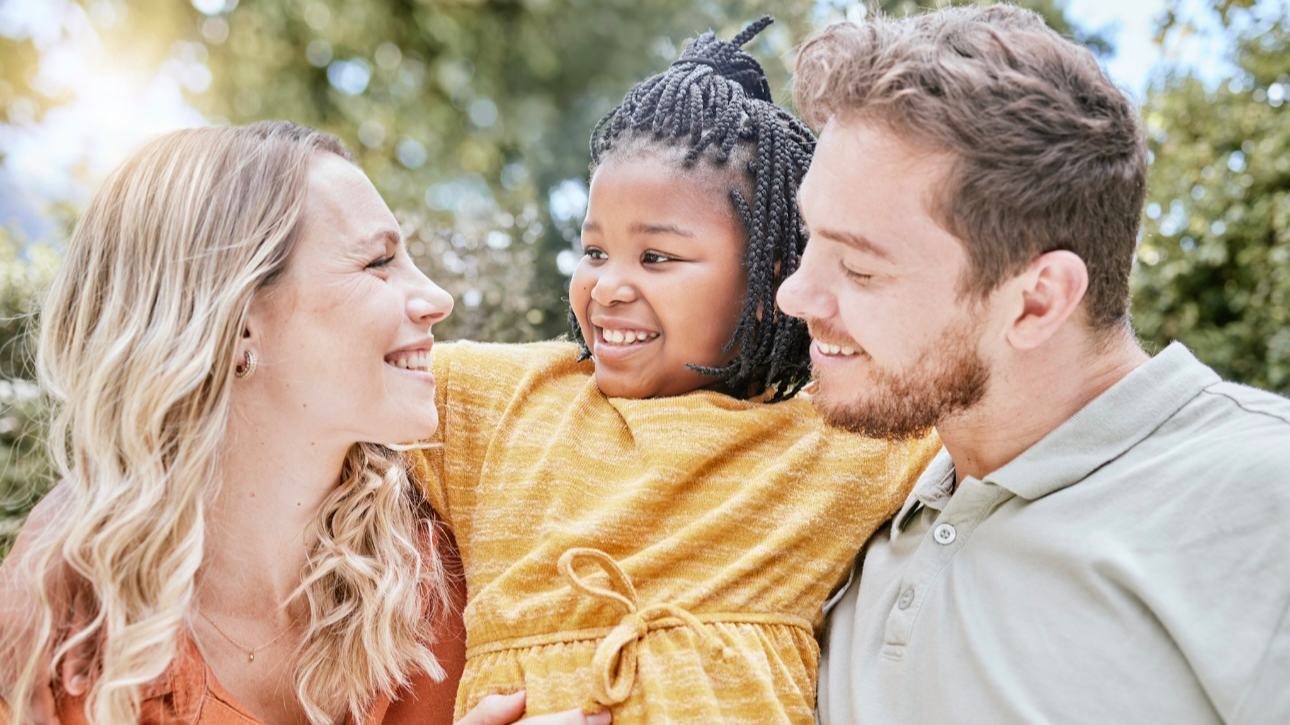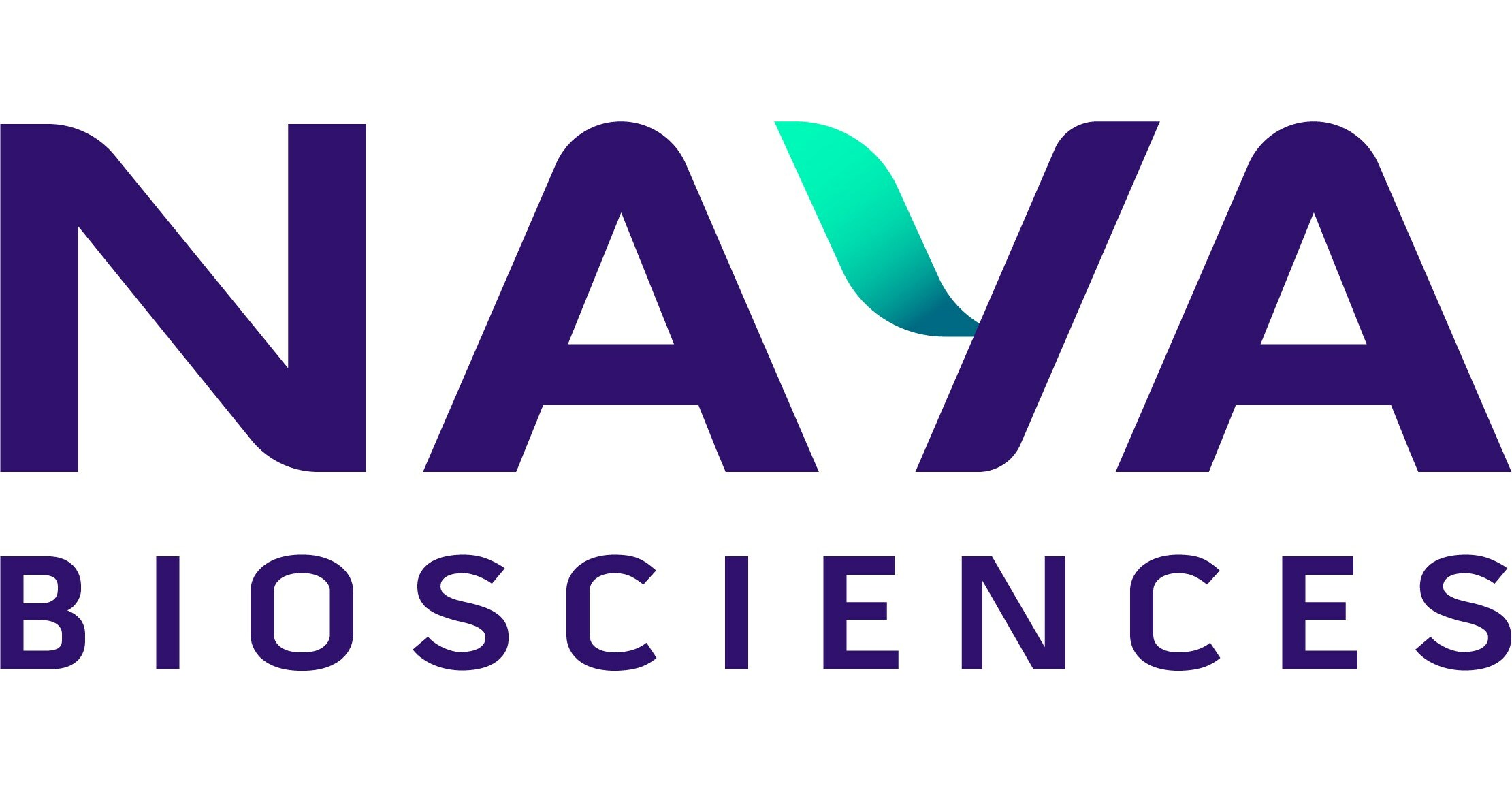Navigating Open Adoption: What Every Birth and Adoptive Parent Should Know
Adoption today isn’t what it was a generation ago. Gone are the days of sealed records, silent pasts, and “closed doors.” Instead, we’re seeing the rise of open adoption — a relationship-centered approach that prioritizes connection between birth parents, adoptive families, and the child.
It’s powerful. It’s emotional. And it’s redefining what family can look like.
But open adoption isn’t a one-size-fits-all fairytale. It comes with complexity, communication, and courage — from everyone involved. Whether you’re an expectant parent considering adoption, or a hopeful parent preparing to adopt, here’s what you need to know.
What Is Open Adoption?
Open adoption is a form of adoption where the birth parents and adoptive family maintain some level of contact and exchange of information before, during, and after the adoption.
It can include:
- Letters and photos
- Scheduled visits or video calls
- Sharing medical or life updates
- Active involvement in the child’s life (in some cases)
The level of openness varies by family. Some relationships are like extended family. Others are more distant but still respectful. The common thread? Transparency, trust, and mutual care.
Why Open Adoption?
Because research — and lived experience — shows that open adoption benefits everyone.
For the child:
- Builds a healthy identity
- Answers questions about origin
- Reduces feelings of abandonment or confusion
- Encourages emotional security
For the birth parent(s):
- Offers peace of mind
- Allows them to witness the child’s growth
- Maintains a connection rooted in love
- Supports emotional healing
For the adoptive parent(s):
- Access to health and heritage information
- Ability to answer their child’s questions truthfully
- Builds a stronger, more open family dynamic
- Demonstrates deep respect for the child’s full story
Common Myths About Open Adoption
Let’s bust a few persistent myths:
“Open adoption is confusing for the child.”
Actually, the opposite is true. Children who grow up with open adoption often have less confusion because they can ask questions, receive honest answers, and build trust over time.
“Birth parents might try to ‘take the child back.’”
Legally, once an adoption is finalized, the adoptive parents have full parental rights. Openness doesn’t change that — it creates an emotional connection, not a legal challenge.
“It makes adoptive parents feel like second best.”
In healthy open adoptions, birth parents don’t compete — they complement. Most birth parents choose adoption out of love, and they see adoptive parents as partners, not rivals.
How to Create a Healthy Open Adoption Relationship
This is where the real work begins — and it’s all about intentional relationship building.
1. Define Boundaries Early (and Revisit Them Often)
Every open adoption needs clear expectations. Topics to clarify:
• Frequency of contact
• Types of communication (text, email, in-person)
• Boundaries around holidays, birthdays, and major life events
• Privacy expectations on social media
A written post-adoption contact agreement — even if informal — can help set the tone.
2. Build a Foundation of Respect
Adoptive parents: remember that the birth parent(s) are not “giving up” — they’re making a deeply selfless decision.
Birth parents: trust that the adoptive family is loving and nurturing your child fully.
Approach every interaction with humility, curiosity, and kindness.
3. Prioritize the Child’s Needs Above All
Open adoption works best when it centers on the child — not adult emotions or control. Ask:
“What does this child need to feel loved, secure, and whole?”
That question should guide every decision and interaction.
4. Stay Flexible
Relationships evolve. What works for a toddler may not work for a teenager. Stay open to change — and willing to renegotiate contact levels as the child matures.
5. Seek Support When Needed
Therapists, adoption agencies, and support groups can help navigate the emotional terrain. Open adoption is beautiful — but it’s not always easy. Having neutral professionals in your corner helps.
Tips for Birth Parents Entering Open Adoption
• Be honest about your expectations and emotional capacity
• Know that grief may resurface over time — that’s normal
• Celebrate your role in your child’s life, even if it’s from a distance
• Don’t ghost — consistency builds trust
• You are not forgotten. You are a vital part of the story.
Tips for Adoptive Parents Navigating Openness
• Honor your child’s biological roots
• Don’t fear the presence of birth parents — welcome it
• Be transparent with your child about their story (age-appropriate)
• Avoid “savior” language — adoption isn’t charity, it’s family
• Recognize that adoption begins with loss, even in love
How Children Feel About Open Adoption
Most adopted children — especially those raised with transparency — express gratitude for knowing their origins. They often report:
• Higher self-esteem
• Greater life satisfaction
• Fewer identity struggles in adolescence
• More trust in their parents and caregivers
And when children see their birth and adoptive parents interacting respectfully, they learn that love isn’t limited — it expands.
Final Thoughts
Open adoption isn’t perfect. But it’s real. And when done with honesty, empathy, and structure, it creates something extraordinary: a blended, intentional family constellation rooted in love.
Whether you’re placing a child for adoption or adopting for the first time, remember this:
Love doesn’t divide. It multiplies.
And every child deserves to know they were loved by everyone who brought them into the world — and into their forever home.











